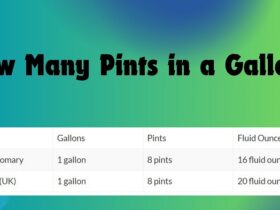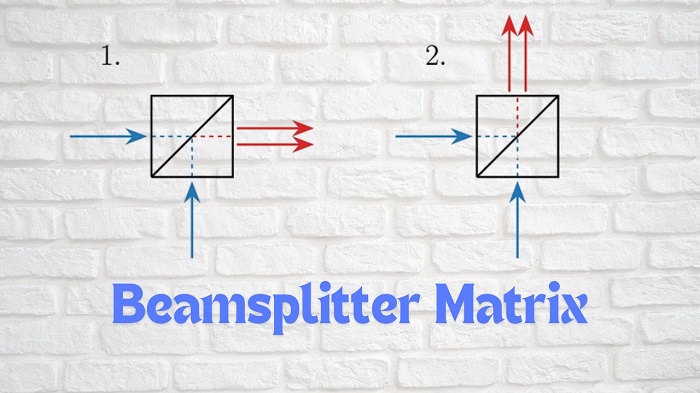A beamsplitter efficiently splits an input light beam into several light beams, each having the characteristics of the input beam, other than the angle of propagation and power. After passing through a beamsplitter matrix, the output beams are called split orders or diffraction orders. Interestingly various parameters of the output beams remain the same as that of the input beams, including size, divergence, intensity distribution, polarization, and beam quality.
Different Types of Beam Splitters
Beam splitters can be of different types, including plate beam splitters, Microlens arrays, and diffractive beam splitters. The plate beam splitters can generate two output laser beams by splitting an input beam. One of these two beams is a reflected beam, whereas another is a transmitted beam. These two beams propagate perpendicular to each other. Interestingly, the beam size and divergence do not change in the output beams.
Microlens arrays involve a unique beam splitter laser system of a sequence of tiny lenses or lenslets. This setup is useful for breaking apart an input beam into numerous smaller beams. Every respective lenslet focuses a particular output beam onto the focal plane.
Diffractive beam splitters are the most versatile beam splitters among different types of beam splitters. While the earlier-mentioned beam splitters use the principle of refraction or reflection, diffractive beam splitters use the wave nature of the incident laser beam and split it by using the diffractive principle. A significant advantage of using a diffractive beam splitter is that it can generate any geometrical pattern for the output beams, without changing the beam’s characteristics. This is possible because of the flexibility in the design of the diffractive beam splitters, and the fact that diffracted orders are the same as the input. Therefore, these beam splitters can be designed to generate a two-dimensional beam matrix as well as a one-dimensional beam array.
The Applications of Beamsplitter Matrix
The beamsplitter matrix or beam splitter has various applications. However, before we move into its applications, let’s understand why one requires a beam splitter. Typically, a beam splitter improves the throughput of a laser system by splitting the input laser beam. The laser system’s throughput will be improved by an amount equivalent to the order numbers of splits. For instance, if the beam splitter divides an input beam into two output beams, the laser system’s speed or area of coverage will be doubled.
Beam splitters have significant industrial applications, including laser dicing, laser cutting, laser welding and soldering, laser perforation, and laser scribing. In the medical and aesthetic field, beam splitters are useful for skin treatments. Some other useful applications of beamsplitter matrix are 3D sensing applications, dot generation in machine vision, and IR depth detection.















Leave a Reply